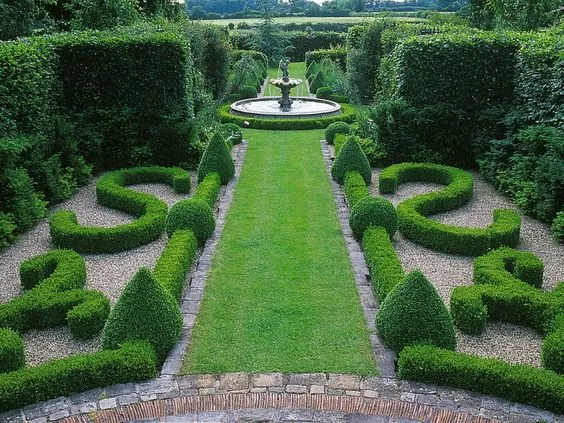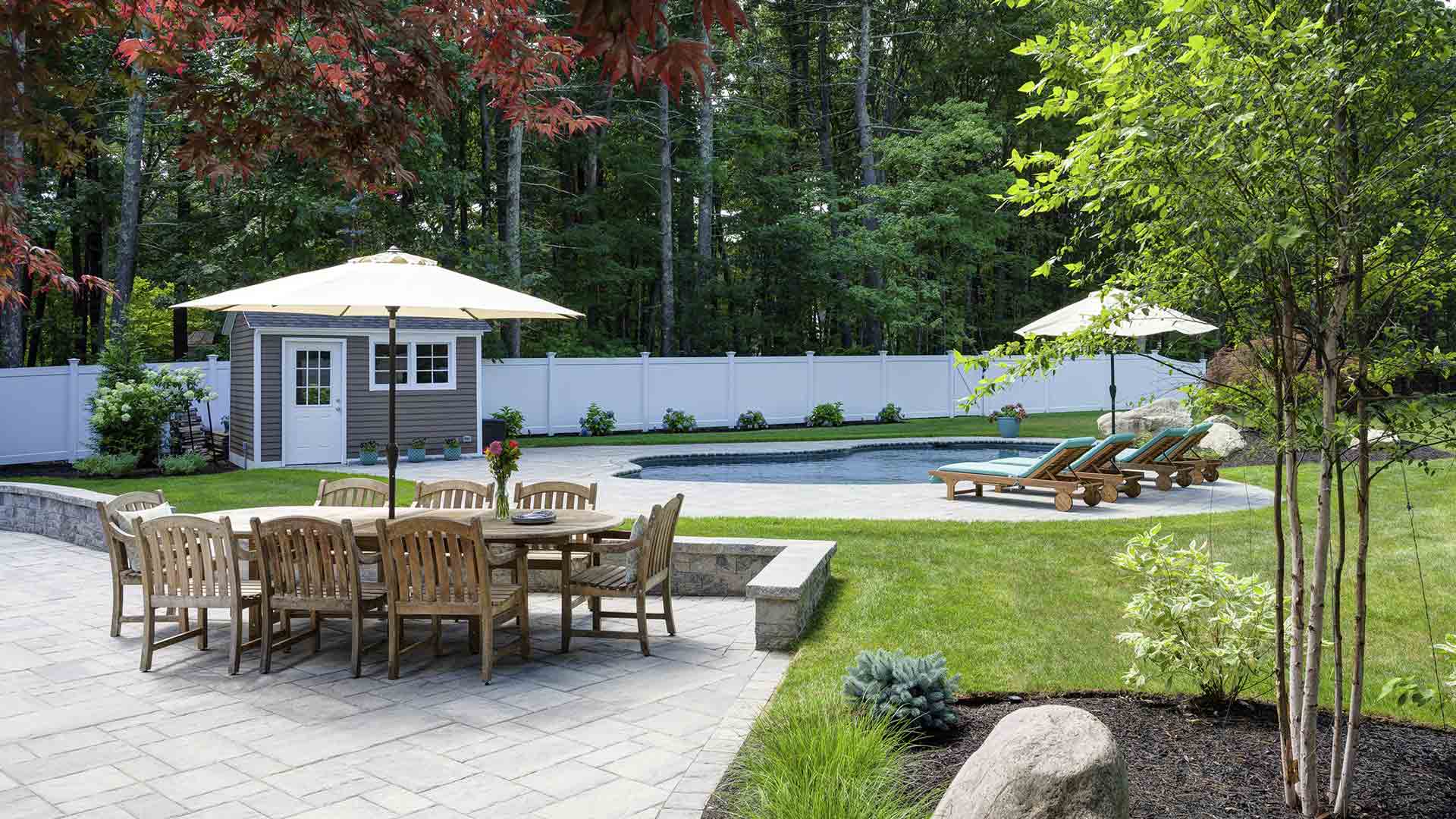The Basic Principles Of Landscapers
Table of ContentsThe Basic Principles Of Landscapers Landscapers - The FactsTop Guidelines Of LandscapersNot known Facts About LandscapersAbout Landscapers
- A tree or bush (bush) that loses its leaves in winter season. In the PNW there are semi-deciduous or semi-evergreen plants that might lose their leaves relying on exactly how cool the winter season is. Abelia and some hebe are excellent examples. Landscapers. - A level celebration area, constructed from wood or composite material (made to look like wood), commonly nearby or affixed to a structure.

This is a natural procedure, and the result can be made use of for paths and patios. - Secret landscape features being recommended in a landscape design strategy.
The Basic Principles Of Landscapers
These goals assist the layout process, not the designer's style or preferences. Typical style purposes in Rose city are reduced upkeep, drought tolerant, and animal friendly.
Nevertheless, gradually this layer can obtain really thick and make it hard for water, sun, and nutrients to reach portions of the turf.- The process of gathering and regulating the circulation of water on a home. This can be performed with grading, French drains pipes, completely dry wells, absorptive surface areas, sump pump, rain gardens, and much more.
Quality at the base of hills, with natural springs, or filled with hefty clay have one of the most drainage issues.- A sluggish feeding watering system that uses versatile tubes and emitters to send an exact amount of water to each plant. This is the most reliable approach of watering plants. - The capability of a plant to survive without much summer water.
- A garden attribute where water is represented by an accumulated stone item, normally a gravel or granite.- A rock or flagstone patio area, path, or sidewalk developed without a concrete base.
An Unbiased View of Landscapers
- A stone maintaining or cost-free standing wall surface constructed without the use of mortar. A highly competent mason is needed for a completely dry pile rock wall. A lot of wall surfaces in Portland are moist stacked, even if they seem. - An underground structure that collect water and allows it to slow percolate into the soil around it.
Landscape layout that works with a websites' atmosphere in both appearance and sustainability without adverse impacts to the setting. Bordering in the landscape is a line of separation that produces visual interest in the yard by dividing one section from another sector. This can be visual or practical, keeping one component (such as pea crushed rock) from getting mixed right into one more (like bark dust).
Locations can likewise have a sensation of "enclosure" given by trees, other growings, fences, or screens. The landscape near the access to a building.
A plant that is not indigenous to the place where it will certainly be planted. Not all "exotics" are intrusive or hazardous, and several can be well behaved or drought forgiving (Landscapers). A mass planting of ferns. Thicker bladed lawn grass that spread out via rhizomes.: The level of dirt on your residential property before bark dust or garden compost is spread out.
Some Of Landscapers

The function, reason, or action that a location is be landscaped for. Staircases work, as an example, to allow foot traffic backwards and forwards an incline. Area for growing plants for seeing, eating, or physical task. A roofed structure utilized over an outdoor celebration room. The growing of a seed, maybe describing a grass that is being expanded from seed.
Rock product, either rounded or fractured, that is relatively tiny- normally 1" or less. Reduced plants that are permitted or urged to spread out over an area. Can describe any type of "hard" yard elements consisting of statuary or stones but the majority of frequently is used to describe paths, patios, and walls.: Elevation difference in between the level of water in a fish pond (or the level of the pump if it rests outside the pond) and the top outlet of water which affects performance of the water pump in gph (gallons per hour). Thick shrubs or trees that develop a fence, display, or boundary.
:max_bytes(150000):strip_icc()/look-up-look-down-photography--o7ASOHDV9E-unsplash-62ac6efd6d724c7abb7320fefe03b411.jpg)
Top Guidelines Of Landscapers
A more kicked back garden dominated by curved rather than straight bed lines and a less inflexible framework. Standard PNW landscapes are casual. A plant that spreads greater than desired, or right into environments where it does damages. Portland has a list of intrusive plants that need to not be mounted in landscapes since they can infect forests or rivers and be hard to manage.
Can include head positionings and coverage, pipeline sizing, GPM specs, and products needed to mount this system. Licensed specialist who makes landscapes, go to my blog schooled in design and architecture as well as in cultivation.
The expert that plans and creates landscape projects, normally at a domestic or tiny commercial degree with the major style impetus on plantings. Landscape developers usually have much less schooling than Landscape Architects and are not certified. A finished landscape design, outlining all components for the new landscape. This normally takes the form of a drawing theoretically.
Calcium product made use of to raise the pH in dirt, which will certainly make it less welcoming to moss. A water limited HDPE material used beneath fish ponds, streams and waterfalls in water attributes. Using numerous growings of the very same selection to fill in an area in the landscape. This can reduce upkeep and water usage in the yard.